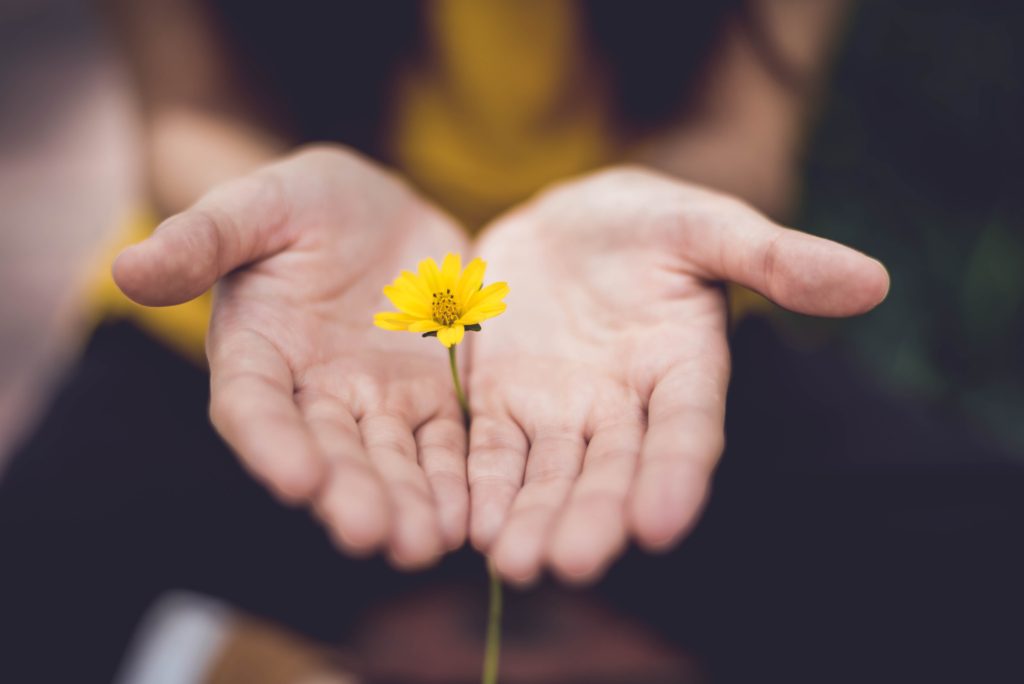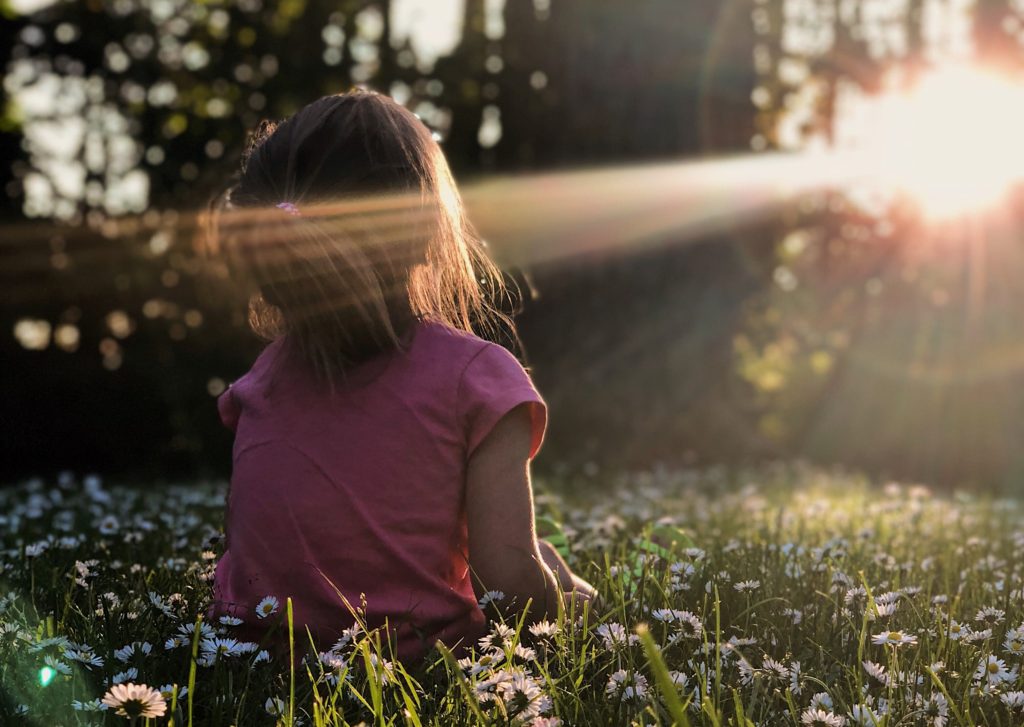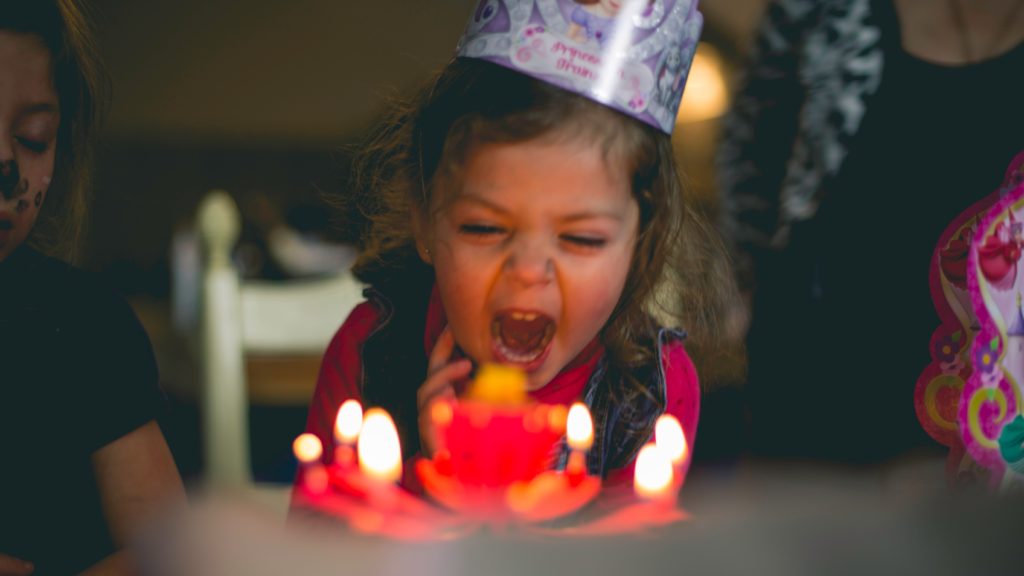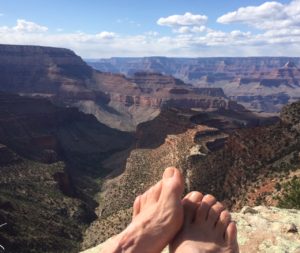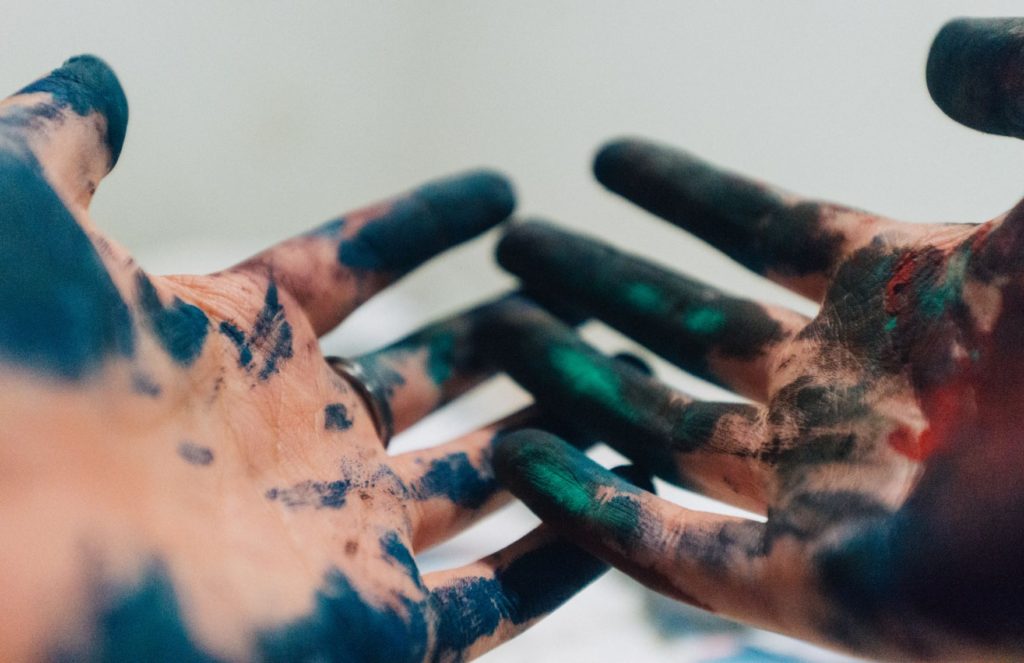
I’m sharing a sister coach’s writing today. This is Karen “KJ Sassypants” Hawkwood, from 2018. KJ expresses beautifully and cogently the fourth healing shift I teach my clients: More Creator, Less Victim. I hope you enjoy KJ’s take on trusting our desires.
“I think we have created a crisis of agency. I could say a LOT about this (and probably will over time) because there are so many angles to it, but that’s what they add up to.
We. Do. Not. Trust. Our. Own. Desires. Much less our ability and right to ACT on those desires.
(If you were socialized as a female being, this is times eleventy-billion.)
Among one of these angles, I’ve become increasingly troubled by the spiritual approaches that essentially advocate for “total surrender” (to whatever/Whoever.)
The premise for this seems to be that anything we try to do for ourselves is “just ego” or “just selfishness,” etc., and therefore is to be 100% distrusted and dismissed.
Instead, we’re supposed to let “God(s)” or “the Universe” or “our guides” or [whatever] tell us what to do. How to live our lives. How to make our choices.
This bothers me because I’ve finally realized it’s the stance of a child. *We* can’t be trusted, *we* clearly don’t make good decisions, *we* are adrift and misguided, so someone/something else is going to have to take the wheel.
It’s also a reflection of the OBSESSION we have – especially in modern Westernized cultures – with NEVER MAKING MISTAKES. Never getting it wrong.
Whatever “mistake” or “wrong” actually means. But even when we don’t know what it means we fear it with sweaty, trembling, vomitous terror.
Believe me, I know what it feels like to make choices that have turned me pale green when I look back on them. I know what it feels like to choose from fear, from insecurity, from desperation, from the greed that layers like mold over all those things.
But to have that shatter our trust in ourselves, so that we have to shamefully hand over the reins of our lives to ANY other force that we believe somehow won’t do that?
I’m really not OK with that anymore.
Since surely someone will bring this up, I’m also obviously (I hope anyway) not advocating for the just-as-shitty mirror image – the patriarchal, white, capitalist, Western attitude that “I am the captain of my destiny and all before me is mine for the taking.”
I don’t think I have to say more about why that’s a problem.
But we’ve gone too far in the other direction. And that’s becoming just as much of a problem, in my eyes.
My teacher’s work has influenced me strongly on this, and he talks about moving through life as an “active participant” – and further, approaching life as a process of “call and response.”
I find this stance, this footing, to be FAR more alive, more generative, more effective, and just more *real* than this “leaf on a stream” thing.
I think most of us are scared absolutely shitless of what would happen if we actually OWNED what we WANT and set about bringing it forth, all the while paying careful and wise attention to the conversation with All That Is. We’re so terrified of our own strength, our own clarity, our own potency that it’s easier to just skip all that and believe we can’t trust ourselves.
Our job is to call, and then listen for the response, and *decide for ourselves* what we want to do in turn. But we need to CALL, not whisper, not whimper or beg or tentatively see if it might be OK if. And then we need to stay standing up straight to hear the answer, even if we don’t at all like what we hear, and then call again. And we need to not take that response as a Command From On High or Infallible Guidance From Somewhere That Knows Better Than Us.
And we need to understand the interlocking truths that: 1) this does NOT mean we will not faceplant, sometimes horrifically, and 2) those faceplants do not mean we cannot trust ourselves or give us an excuse to abdicate our own sovereignty.
What would it look like to move through Life as an EQUAL to it?”
PS. I’m shifting my coaching updates and news to my newsletter. Subscribe here for current writing, events, and offerings.
Photo by Amauri Mejía on Unsplash

